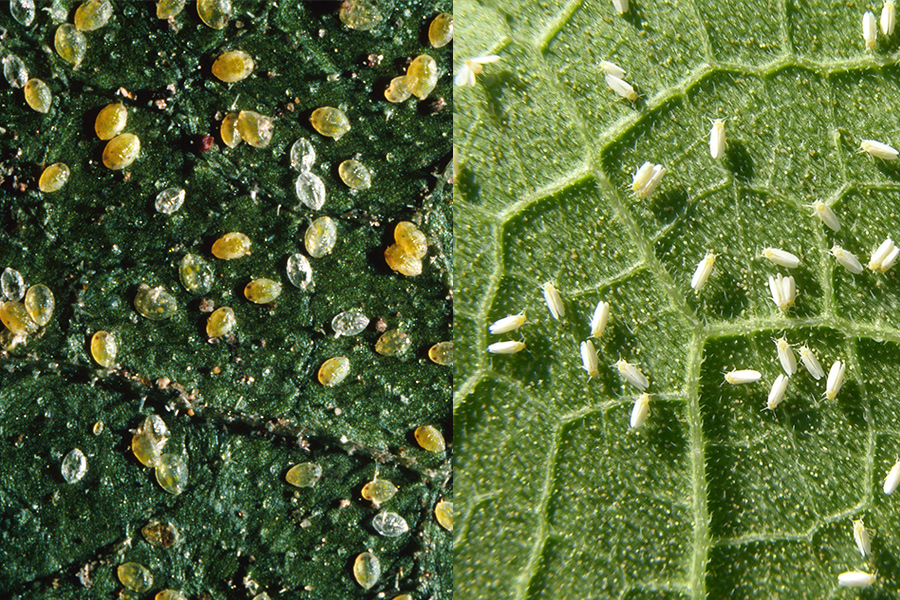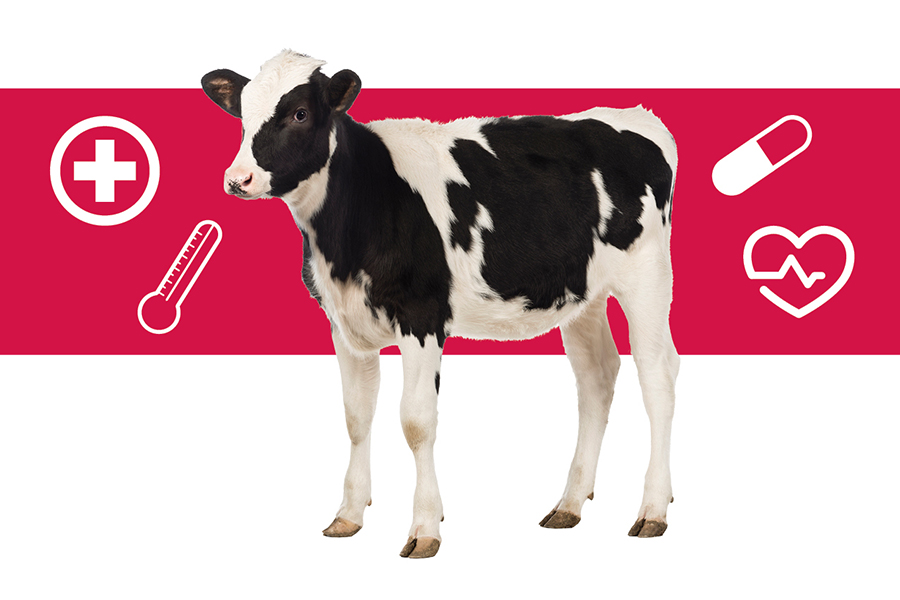-
 Operating a chainsaw is inherently dangerous. Chainsaw cuts are always serious, but this is not the only hazard a saw operator faces. Saw operators are often struck by falling limbs and trunks as the tree moves during felling. Saw operators may fall off ladders or out of trees, or they…
Operating a chainsaw is inherently dangerous. Chainsaw cuts are always serious, but this is not the only hazard a saw operator faces. Saw operators are often struck by falling limbs and trunks as the tree moves during felling. Saw operators may fall off ladders or out of trees, or they…|
-
 Soil fumigants alone or in combination with nonfumigant nematicides can provide vegetable growers effective and reliable control of plant-parasitic nematodes, profitable yield and product quality, and increased profits. Treating soil with fumigant nematicides has been very beneficial to vegetable growers in Georgia, but environmental concerns may restrict the broad usage…
Soil fumigants alone or in combination with nonfumigant nematicides can provide vegetable growers effective and reliable control of plant-parasitic nematodes, profitable yield and product quality, and increased profits. Treating soil with fumigant nematicides has been very beneficial to vegetable growers in Georgia, but environmental concerns may restrict the broad usage…|
-
 This is a biennial publication containing the proceedings of the turfgrass field day carried out at the UGA Griffin campus every other year. The guide provides professionals with continuous, real-time access to the latest up-to-date information about turfgrass research studies, products, and turfgrass Extension activities, programs, and outreach. Topics will…
This is a biennial publication containing the proceedings of the turfgrass field day carried out at the UGA Griffin campus every other year. The guide provides professionals with continuous, real-time access to the latest up-to-date information about turfgrass research studies, products, and turfgrass Extension activities, programs, and outreach. Topics will…|
-

B 1499
Haiti Peanut Research Report
This report summarizes the findings of field trials and basic data collected in Haiti under the Feed the Future Peanut & Mycotoxin Innovation Lab project from 2014-2017. The focus of the research was to improve peanut productivity through management options for foliar diseases, low soil fertility, and other yield-limiting agronomic…|
-
 Drip, trickle, microemitters, and subsurface irrigation systems are considered low-volume irrigation. Low-volume irrigation systems are designed to improve irrigation efficiency, delivering water to the crop accurately with minimal water loss. Irrigation efficiency can be categorized into two main concepts: water loss and uniform application. If water loss is significant, or…
Drip, trickle, microemitters, and subsurface irrigation systems are considered low-volume irrigation. Low-volume irrigation systems are designed to improve irrigation efficiency, delivering water to the crop accurately with minimal water loss. Irrigation efficiency can be categorized into two main concepts: water loss and uniform application. If water loss is significant, or…|
-
 The silverleaf whitefly (SLWF), Bemisia tabaci, (also known as sweet potato whitefly) is a pest of a wide variety of horticultural and agronomic crops in southern Georgia. Adults and nymphs (Figure 1) have piercing-sucking mouthparts and feed on phloem, the transport tissue of plants, and remove plant sap. While this…
The silverleaf whitefly (SLWF), Bemisia tabaci, (also known as sweet potato whitefly) is a pest of a wide variety of horticultural and agronomic crops in southern Georgia. Adults and nymphs (Figure 1) have piercing-sucking mouthparts and feed on phloem, the transport tissue of plants, and remove plant sap. While this…|
-
 Exobasidium leaf and fruit spot, caused by the fungus Exobasidium maculosum, is an emerging disease affecting both southern highbush and rabbiteye blueberries. In addition to direct yield loss due to fruit drop, lesions on remaining fruit compromise the aesthetic qualities of the fruit as well as the taste, rendering them…
Exobasidium leaf and fruit spot, caused by the fungus Exobasidium maculosum, is an emerging disease affecting both southern highbush and rabbiteye blueberries. In addition to direct yield loss due to fruit drop, lesions on remaining fruit compromise the aesthetic qualities of the fruit as well as the taste, rendering them…|
-

B 1500
Calf Health Basics
Calf health is a key variable for calf growth and performance. Producers should not expect to know all calf health issues, causes, and the most successful treatments. Instead, a producer’s main goal should be to accurately identify and differentiate normal from abnormal in a calf’s physical state and behavior. The…|